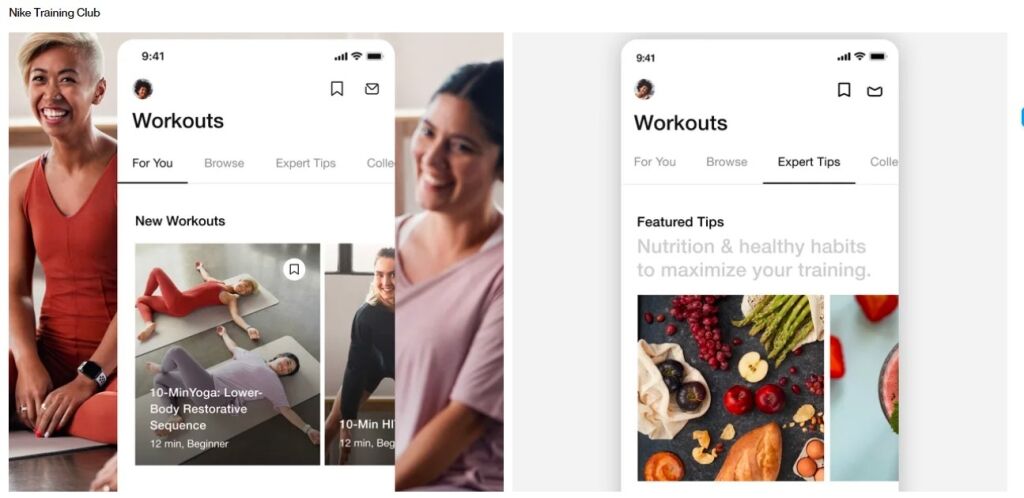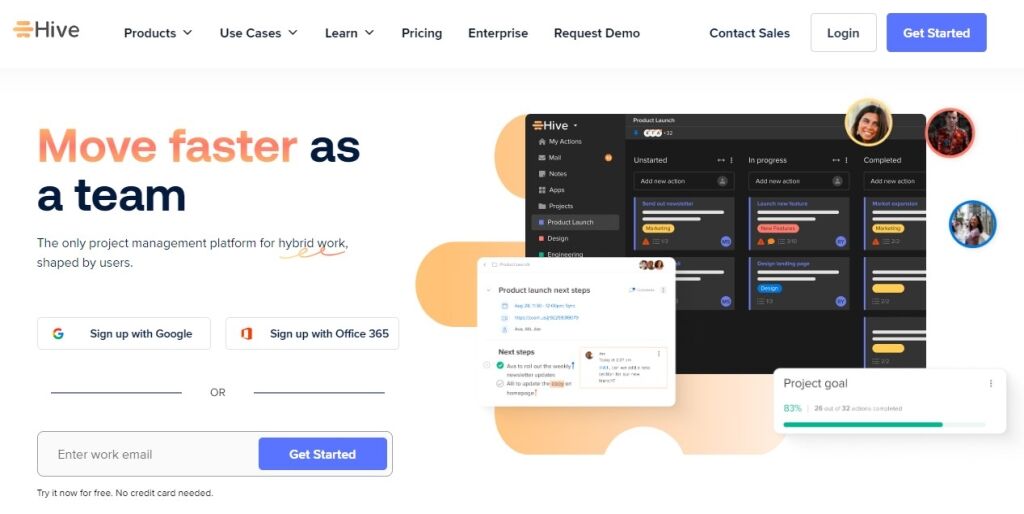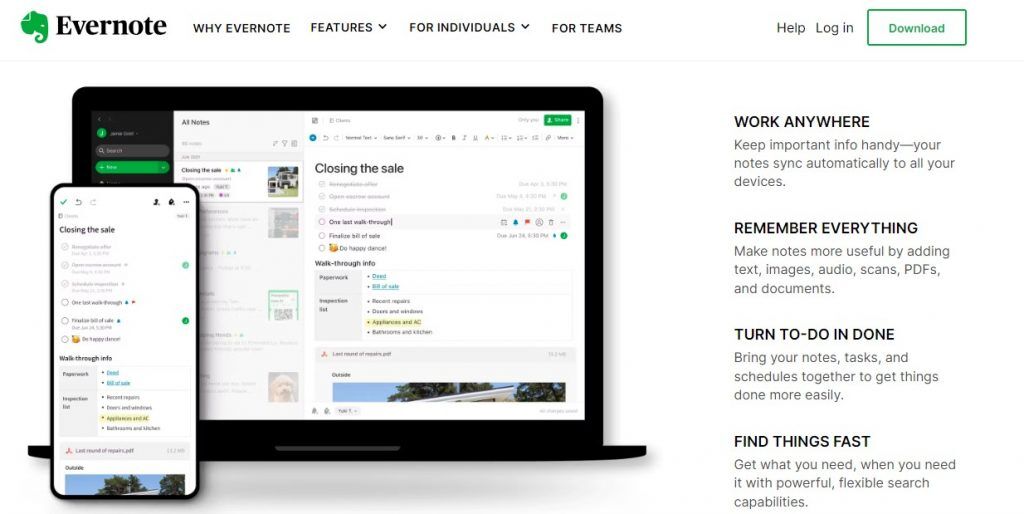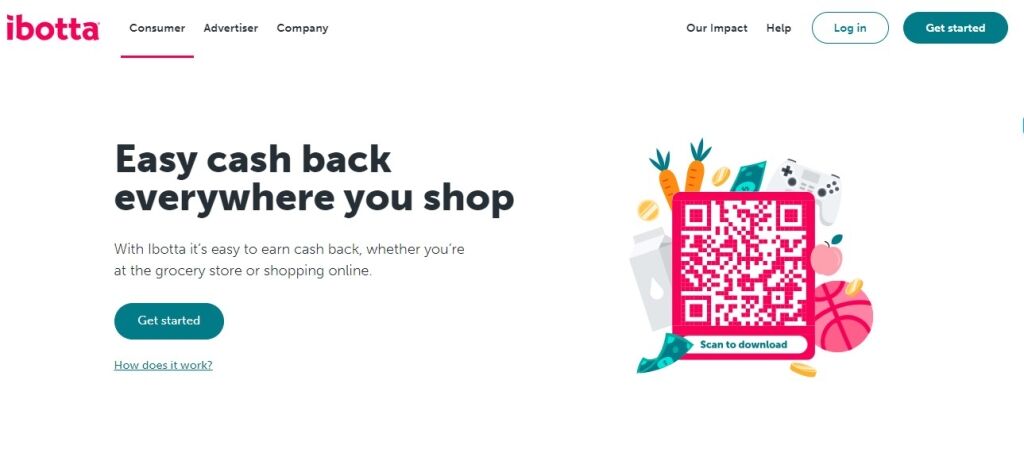9 Key Mobile App Development Tips
- Updated: Nov 13, 2024
- 10 min
Mobile technology is now an essential part of our daily lives. An intuitive app is crucial for businesses to reach their customers.
The numbers show Americans spend a whopping 4 hours and 25 minutes daily on their phones.
Businesses can leverage apps to promote products, connect with target audiences, and streamline offerings. However, to do that, you need an organized, secure, and designed app with your end user’s needs in mind.
This article outlines 9 essential mobile app development tips to help you build an application that wins over customers and drives business success going into 2025 and beyond.
Need guidance on how to choose an app development company? This guide has you covered.
Transform your ideas into reality with custom software tailored just for your business – contact us today!
9 Tips for Developing a Winning Mobile App
While mobile app development can be challenging, following the tips below will ensure your app succeeds.
1. Clearly Define Goals and Objectives
One of the most important tips for mobile app development is to define the purpose of the app.
What do you want to achieve with an app and how does it align with your business goals?
The answers to these questions will bring you clarity of purpose and help you develop an app that aligns with your business objectives.
You shouldn’t create a mobile app just because everyone is doing it.
Instead, you should develop one to address a specific user problem or improve your business processes.
With a clear understanding of what you want to achieve with your app, you will know what features to include to precisely address those needs and deliver an exceptional user experience.
For example, if you want to make it easy for customers to track their orders, you can develop a mobile application that provides real-time order status updates and notifications to customers.
Such an app solves a pressing user need (customers’ desire to know their order status) and aligns with your business objective of ensuring customer satisfaction at all stages.
Another effective way to use a mobile app is to build a community around your brand.
Nike uses this strategy effectively with the Nike Training Club app which is a good example of a coaching app that offers free, high-quality workouts. 
The app not only keeps users engaged but also fosters a sense of belonging to the Nike community.
Startups often overlook branding — but a strong strategy can set you apart. Here’s how to develop a brand strategy.
2. Research Your Target Market
After clearly defining what you want to achieve with your mobile app, the next thing to do is conduct a thorough product discovery service.
This will help you gain valuable insights about your competitors’ apps and the broader ecosystem in which your app will exist.
With this information, you will know what to do to give your mobile app the best chance of survival.
You will know which features to include in your app to differentiate it from what’s already available out there.
As you research the competition to find ways to differentiate your app, you want to pay close attention to the following:
- The appearance of their app icon: Study the design, color scheme, and overall appearance of the icon your competitors use for their mobile apps. This will help you understand the visual elements that appeal to your target users.
- Description: Carefully examine the app descriptions of your competitors to understand the language they use to communicate the value of their apps. This will guide you in crafting a compelling description of your mobile app.
- Functionality of the app: Download and use mobile apps by the competition to experience their functionality firsthand. This will help you identify strengths and weaknesses in their apps that you can leverage to make yours stand out.
- Core features: Examine the core features offered by your competitors’ apps. Find out if there are any gaps in their feature offerings that you can fill with your mobile app.
- Marketing strategies: Check what digital marketing strategies your competitors use to promote their apps. Understanding the marketing approach of your competitors will help you develop an effective plan to grow your app. If you are looking for ways to elevate your email strategy, our email marketing for startups tips are here to help you communicate effectively with your audience.
- Unique value offering: Lastly, find out what sets apart your competitors’ apps. Understanding their unique value proposition will enable you to position your app more effectively in the market.
3. Choose the Right Platform
Now that you understand the market conditions, take time to think about the platform that best suits your app.
Mobile apps can be hosted on different platforms such as Android and IOS, and you need to find the platform that’s most appropriate for your app and target users.
Doing so will not only reduce your development costs but also increase your market reach since your app will be available on a platform that’s popular with your target users.
Depending on your needs, you can choose to create a native, hybrid, or web app.
Native apps are designed for a single platform like Android or iOS. These apps perform exceptionally well because they integrate seamlessly with the features of the device that hosts their native platform.
If you’re planning to build an app, these detailed guides on Android app development costs and iOS app development costs will help you navigate the financial aspects.
However, they are costly to develop and maintain as they require separate efforts for each platform.
On the other hand, hybrid apps are cheaper to manage since they are built to run on multiple platforms.
They will also help you reach a broader audience since they can be used effectively by users from different demographics.
That said, hybrid apps may not offer the level of performance offered by native apps. This is because they rely on a single codebase, which may not fully harness the capabilities of a particular device.
Finally, we have web app development which are software applications delivered over a web browser Web apps are not platform-agnostic and can be used on all platforms as long as they are opened on an internet browser.
Nonetheless, there are many web app ideas with limited functionality because they cannot access the features and hardware of a device to perform specific functions.
Out of three options, your best choice is to develop a hybrid app as it allows you to reach a broad user base while providing a standard experience across all platforms.
Hive is a great example of a hybrid app that ensures users have a consistent experience across various platforms.
The Hive app is available as a desktop app for Mac and Windows, and as a mobile app for both Android and iOS as you can see in the image below. 
Also, feel free to explore these best iOS app development tools that simplify the iOS app development process.
4. Launch with a Minimum Viable Product
As you work to build your mobile app, it’s tempting to aim for a comprehensive product from the start. However, the best approach is to partner with outsourcing company providing MVP development services to design an MVP with the core features and then build up on the features with time.
If you’re considering outsourcing, check out the benefits of IT outsourcing for insights.
Starting with an MVP will help you quickly get your app into the hands of your target users.
To make it easy for them to access your MVP, create a QR Code that helps your audience easily download the app.
This will help you gauge the market’s response to your app and learn if it solves a genuine customer problem or needs.
The trial run will also help you identify bugs and usability problems with your app.
This will give you enough time to address all the problems that may result in a poor user experience before the comprehensive app becomes available for download.
Unleash AWS's Full Potential with Our Developers.
5. Optimize for User Experience
Making your app user-friendly is one of the top tips for mobile app development. The navigation and layout of your app should be simple and intuitive to make it easy for users to find and access the features they need.
Besides enhancing accessibility, an intuitive interface also affects how users interact with your mobile app.
People will be motivated to complete tasks and achieve their goals if your app is easy to use. They are also more likely to use your app regularly and recommend it to others.
But when they find your app difficult to use, frustrations set in, and they may uninstall it altogether, leading to low retention rates.
To prevent this from happening, use these tips to create a user-friendly interface:
- Simple design: Keep the design clean and avoid any complex visuals and layouts.
- Elements should be easy to find: Strategically place essential elements such as navigation menus and key buttons in locations where they are easy to find.
- Easy-to-read font: Choose readable fonts that align with your brand style. Also, ensure the text is legible on all screen sizes. Optimize brand visibility with a font generator for stylish, screen-friendly text.
- Less text-heavy: Avoid excessive text in your app content and use concise language to deliver information.
- Access to help and support options: Make it easy for users to get support within the app. You can include an FAQ section or share contact information within the app.
This churn rate calculator is a useful tool for SaaS businesses aiming to maintain a stable customer base.
One app that followed these guidelines to deliver an exceptional mobile app is Evernote. The app has a simple and intuitive design that makes it easy to create notes and track progress. 
The app’s simple layout and user-friendly interface have made it a popular choice for users who need a productivity and note-taking app.
6. Testing and QA
Once your mobile app is up and running, it’s important to test it. Testing your app will help you ensure that every feature and function works as intended.
It will also help determine the performance and security of your app under different conditions.
Be sure to test your app under different operating systems to guarantee a consistent user experience across platforms.
You don’t want users of a particular operating system complaining that they are missing certain features in your app.
Additionally, consider testing it on different devices to ensure the app content appears as it should.
Make sure the layout, links, and visuals are positioned correctly to guarantee a consistent user experience across all devices.
Lastly, test the app under varying bandwidths to ensure the app content is accessible to users regardless of internet speeds.
Performing these tests will help identify and address critical issues that can harm the user experience.
Testing is crucial to app success. Learn how to test a mobile app the right way.
7. Gather Customer Feedback
After testing the app under different conditions, you can introduce the app to a few users to see how it performs. The feedback you gather at this stage will provide you with valuable insights you will use to improve the app before it goes live.
Once you launch the app to the masses, it’s important to continue receiving feedback and using it to make upgrades as needed.
For this reason, you’ll have to develop a mechanism for feedback that’s accessible to users at all times.
This can be achieved through the following channels:
- In-app feedback forms: Incorporate feedback forms that allow users to share their experience with your app.
- Surveys and ratings: Encourage users to give a review for your app in the app store.
- Support channels: Ask users to leave a review for the app through the support channels you provide such as email, social media, or chat.
The kind of insights you will receive from these channels will help your development team make adjustments that will improve their user experience and help you maintain a competitive advantage in the market.
Thinking about offshore development? This guide explains how to hire an offshore dedicated development team.
8. Implement a Marketing Strategy
To create awareness for your app and get more people to download it, you’ll have to market it aggressively to your target users. You may have the best app in the market but it will go unnoticed if you don’t have a marketing strategy for new product.
Some of the effective methods you can use to market your app include:
- SEO strategy to increase visibility on search engines
- Paid ads
- App store optimization strategy
- Social media marketing
- Use of influencers (see how influencer marketing for startups can work for you)
- Limited time offers
- A referral program
Optimize Your Development Lifecycle with DevOps Experts.
One notable example of effective app marketing is Ibotta’s Instagram giveaway. The brand used a giveaway to encourage users to follow the Ibotta app page and tag their shopping pals.
Through this approach, Ibotta successfully increased the visibility of its app and engaged a wider audience.
Ready to build your app? Discover how to outsource mobile app development and work with top-notch experts. 
9. Maintain and Improve with Updates
Lastly, create a maintenance plan that outlines your strategy for keeping your app in top condition.
Regular updates and maintenance procedures app will help you solve usability issues and improve the app’s security features, thus maintaining a pleasant user experience.
Don’t just create — excel. Learn how to create a successful app.
Key Takeaways
Creating a quality mobile app takes strategy — from defining goals to seeking user feedback. This guide outlines key tips for developing an app that boosts business by effectively engaging customers.
The right app streamlines offerings, forges connections, and builds brand loyalty. In today’s mobile world, staying power is critical.
We specialize in building strategic, user-centric apps that deliver results. Get in touch to explore how our mobile app development services can meet your brand’s unique needs.
Learn about the key factors that influence app development costs and how to budget effectively for your project.












